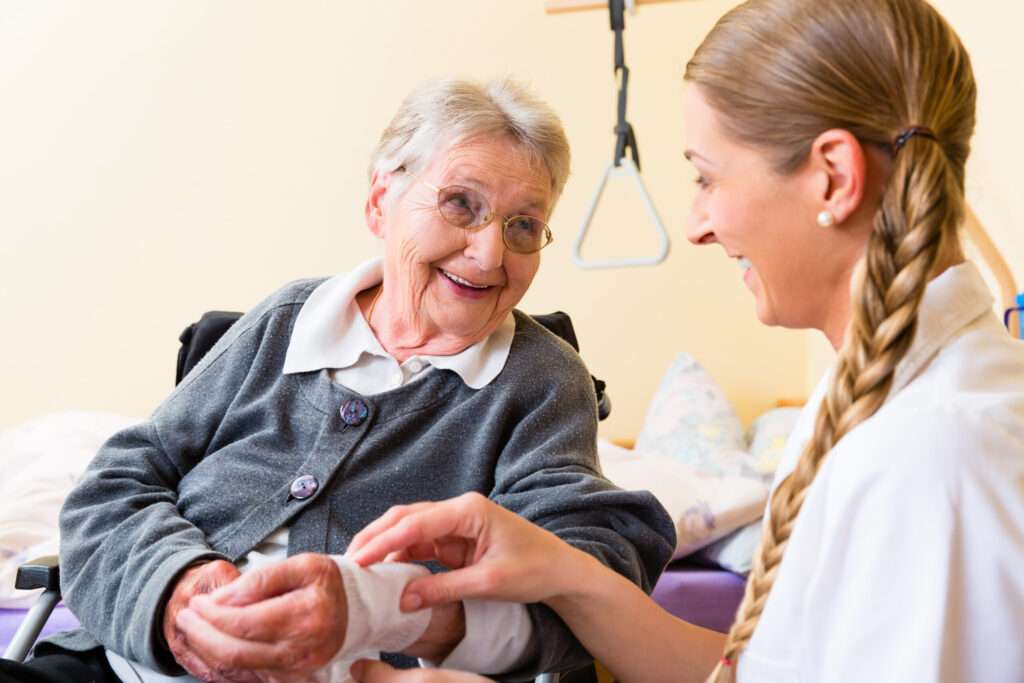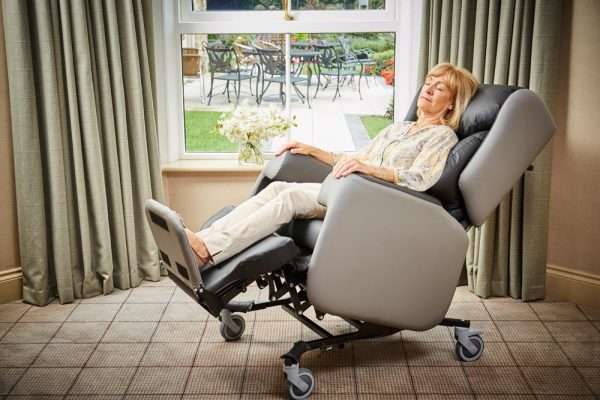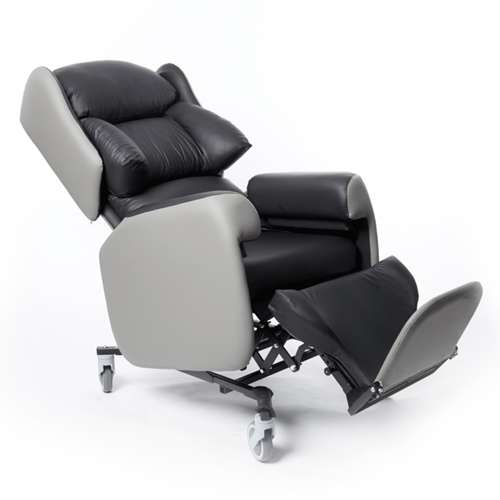In 2012/13 a study was undertaken known as The Burden of Wounds, which highlighted the prevalence of wounds and financial costs to the NHS in the UK. The study estimated that the NHS managed 2.2 Million wounds with a cost of £5.3 billion.
The publication led to a debate in Parliament The House of Lords, on improving standards of wound care treatment. As a direct result of this, NHS England and NHS improvement established the National Wound Care Strategy Programme (NWCSP) in 2018.
The burden of wounds study was repeated using data from 2017/18 and found the annual wound prevalence had increased by 71% with an estimated 3.8 million people with a wound, a cost of £8.3 billion, which was placed above obesity in the burden of illness in financial impacts to the NHS.
The NWCSP is an NHS England programme delivered by the Academic Health Science Network (AHSN). Its aim is to reduce unwarranted variation in treatment, improve patient safety and optimise patient experience and outcomes.
The strategy developed recommendations to support excellence in prevention, assessment and treatment of wounds to optimise wounds in healing and minimise the burden for patients, their carers and health care providers.
The key principles of the strategy are:
- Wound care should not be viewed as a separate clinical issue but be integrated into care of underlying co-morbidities that cause or contribute to wounding and delayed/ non-healing.
- The National Wound Care Strategy Programme is a long-term commitment to improving wound care.
- Success will depend on recognising and addressing the interdependencies between the different professional groups and services involved in wound care.
- The key priority is to improve patient care.
Clinical focused workstreams include, Lower limb, Pressure ulcers and Surgical wounds. Other areas that have been developed alongside other organisations are in relation to:
- Education and Workforce, in partnership with Health Education England, developed a suite of educational online e-learning resources and a core capability framework for multi professional use.
- Digital Data and Information, which is working to identify and develop appropriate metrics for measuring and improving wound care data and information.
- Supply and Distribution sets principles for systems of supply and distribution of wound care products and has developed a classification system of these. Sustainability and carbon emissions are linked to the NHS Net Zero agenda.
A determined focus of the strategy has been on reduction of unwarranted variation in lower limb wounds or leg ulcers, which have the highest of wound prevalence and associated costs. The switch from development to implementation programme began with seven NHS sites utilising the lower limb recommendations with new or change in existing resources; this is now in expansion stage.
Work continues for improving reporting systems of pressure ulcers, and as one of the top ten harms in the NHS in England, work is continuing with new best practice bundles for improved safety to be launched.
The surgical wound recommendations signpost to relevant clinical guidelines or outline evidence-informed care that will improve healing and optimise the use of healthcare resources.
Summary:
There are challenges that have presented to further increase the wound burden, the Covid-19 pandemic and increased pressures on health and social care systems and staffing in recent years.
Looking forward to a predicted ageing population, obesity crisis and associated co-morbidities, the NHS and social care systems are under immense pressures. The NHS long term plan sets out ways to reduce and tackle these and inequalities in care.
Changes set out in the NWCSP in how we deliver care are required to be effective in wound prevention, assessment and effective treatment planning.
References:
Guest JF, Ayoub N, McIlwraith T et al (2015) Health economic burden that wounds impose on the National Health Service in the UK. BMJ Open 5(12):e009283. http://dx.doi.org/10.1136/bmjopen-2015-009283
Guest JF, Fuller GW, Vowden P (2020) Cohort study evaluating the burden of wounds to the UK’s National Health Service in 2017/2018: update from 2012/2013 BMJ Open 10:e045253. https://doi.org/10.1136/ bmjopen-2020-045253
House of Lords Hansard (2017) House of Lords debate on developing a strategy for improving the standards of wound care in the NHS. tinyurl.com/1sgd0ign
NHS England. National Wound Care Strategy Programme https:// www.ahsnnetwork.com/about-academic-health-science-networks/ national-programmes-priorities/national-wound-care-strategyprogramme
NHS England (2019) The NHS Long Term Plan 2019. https://www. longtermplan.nhs.uk/
Public Health England (2017) Health matters: obesity and the food environment GOV.UK tinyurl.com/jn9tdwdt














